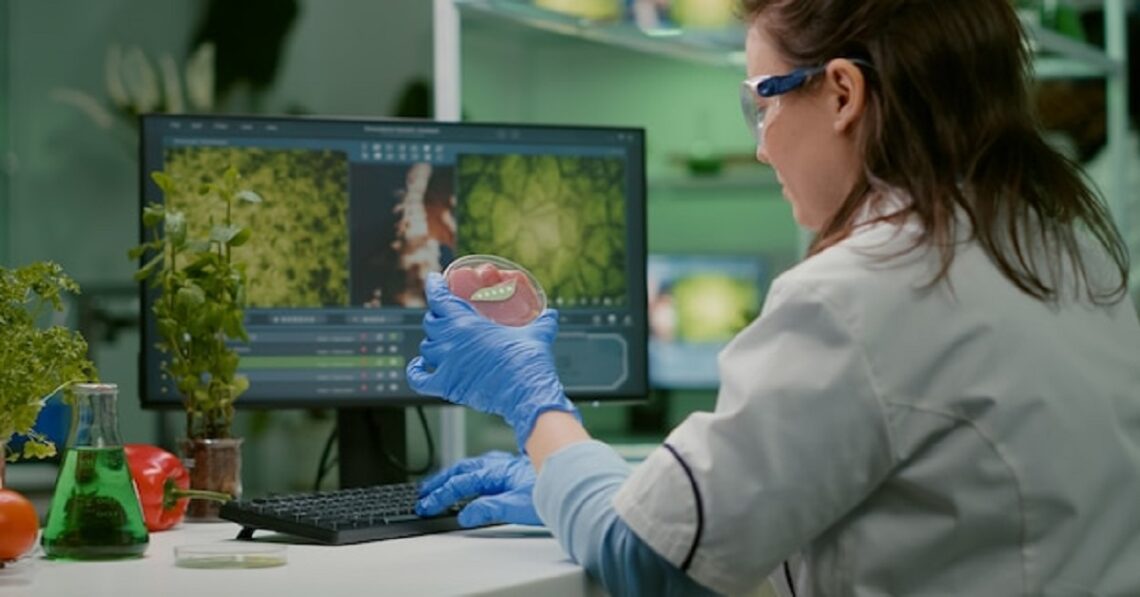Key Takeaways
- Respirometry is a critical tool in assessing environmental health and understanding biological processes.
- Applications of respirometry include wastewater treatment, biodegradation studies, and ecosystem monitoring.
- Various methodologies and technologies enhance the precision and reliability of respirometric data.
- Real-world examples highlight respirometry’s impact and versatility in diverse environmental contexts.
- Future advancements in respirometric technology promise improved capabilities and broader applications.
Introduction to Respirometry
Respirometry, a scientific technique measuring the rate of respiration in living organisms, plays a pivotal role in environmental research. It offers insights into various biological processes and helps assess ecosystem health. This tool is extensively used in multiple fields, with respirometry providing critical data necessary for effective environmental monitoring and management. By quantifying oxygen consumption or carbon dioxide production, respirometry helps scientists understand the metabolic rates of organisms, shedding light on their health and activity levels in different environmental conditions.
Key Applications of Respirometry
One of the primary applications of respirometry is in wastewater treatment. By monitoring the respiration rates of microorganisms, scientists can evaluate the efficiency of treatment processes. Additionally, respirometry is used in biodegradation studies to determine how quickly organic substances are broken down by microbial activity. These applications are crucial because they directly impact public health, environmental safety, and sustainability of various ecosystems. The data obtained from respirometric studies guide the implementation of effective environmental policies and industrial practices, minimizing negative ecological impacts.
Wastewater Treatment
In wastewater treatment facilities, respirometry helps optimize the process by ensuring that microbial populations are effectively breaking down waste materials. This ensures cleaner water output and reduced environmental impact. Through continuous monitoring, it is possible to adjust treatment parameters, thereby maintaining high efficiency and reducing operational costs. Regular monitoring helps detect any anomalies in the system early, allowing for prompt corrective measures. This improves the treatment efficiency and ensures compliance with environmental regulations, thus protecting water bodies from pollution.
Biodegradation Studies
Respirometry is instrumental in assessing the biodegradability of various substances. By observing the oxygen consumption rates, researchers can determine the efficiency with which different materials are decomposed by microorganisms. This information is crucial for assessing the environmental impact of new chemicals and products, ensuring they do not harm natural ecosystems. Understanding the breakdown rates of different materials helps in designing more sustainable products and waste management strategies, promoting environmental conservation. Additionally, this information aids in the development of bioremediation techniques to clean up contaminated sites effectively.
Methodologies and Technologies in Respirometry
There are various methodologies employed in respirometry, each with its unique advantages. Constant rate respirometry, for instance, maintains a steady rate of oxygen supply, allowing for precise measurements. On the other hand, multiple technologies, such as closed-chamber and flow-through systems, enhance the accuracy and reliability of respirometric data. These methodologies are selected based on the specific requirements of the study, such as the type of organisms being studied, the environment, and the duration of the experiment. Each methodology offers different insights and levels of precision, making it crucial to choose the right approach for accurate results.
Constant Rate Respirometry
This method is widely used due to its accuracy and reliability. By maintaining a constant oxygen supply rate, scientists can obtain precise measurements of respiration rates under controlled conditions. This method is particularly beneficial in laboratory settings where precise control over experimental variables is necessary. Constant rate respirometry allows for the detailed study of metabolic rates and responses to environmental changes, providing valuable data for ecological and physiological research. This method’s reliability ensures that the findings are robust, supporting evidence-based decision-making in environmental management.
Advanced Technologies
Technological advancements in respirometry, such as flow-through systems, have significantly improved data accuracy. These systems allow continuous monitoring of respiration rates, providing a clearer picture of biological activity over time. Implementation of such technologies ensures that researchers have access to reliable and comprehensive data sets. Advanced technologies minimize human error and enhance the reproducibility of the studies, making the findings more dependable. Such innovations also facilitate the study of complex and dynamic environments, offering more profound insights into ecosystem functioning and organism behavior.
Real-world Examples of Respirometry Applications
Respirometry has made significant contributions to various fields. For instance, in environmental research, it has been used to monitor the health of aquatic ecosystems. By measuring the respiration rates of aquatic organisms, scientists can assess the impact of pollution and other environmental stressors on these ecosystems. A study published in Nature highlighted the use of respirometry in understanding the effects of climate change on marine life. By tracking how respiration rates change with environmental parameters, researchers can gauge the resilience and adaptability of different species, informing conservation strategies.
In another example, agricultural research utilizes respirometry to optimize soil health. Scientists can determine the most sustainable agricultural practices by monitoring the microbial respiration in soils treated with different fertilizers and amendments. This helps enhance crop yields while maintaining soil fertility and minimizing environmental impact. Respirometry data is used to develop best practices for soil management, promoting sustainable agriculture and food security. The ability to measure and optimize respiration rates contributes significantly to improving the efficiency and sustainability of agricultural systems globally.
Future Advancements in Respirometry
The field of respirometry is continually evolving, with new technologies and methodologies being developed. Future advancements promise to enhance the capabilities of respirometry, making it an even more valuable tool for environmental research and monitoring. Innovations such as automated systems and real-time data analysis are expected to streamline the process and provide more detailed insights. These advancements will allow for higher throughput and more complex studies, enabling comprehensive environmental monitoring and management plans. Integrating new technologies with respirometry will foster interdisciplinary research, combining data from various sources for a holistic understanding of environmental processes.
Automated Systems
Automation in respirometry is set to revolutionize the field. By implementing automated systems, researchers can conduct large-scale studies with greater efficiency, reducing human error and increasing data reliability. Automation also facilitates long-term studies, capturing data trends over extended periods. This is particularly useful for monitoring chronic environmental changes and the long-term effects of pollutants. Automated systems improve the scalability of respirometric studies, making it feasible to conduct extensive research projects with consistent quality and precision. This scalability is crucial for addressing large-scale environmental challenges effectively.
Real-time Data Analysis
Real-time data analysis is another promising advancement. By enabling instant interpretation of respirometric data, researchers can make timely decisions and adjustments, leading to more effective environmental monitoring and management strategies. This technology is particularly beneficial in dynamic environments where conditions change rapidly. Real-time data analysis supports adaptive management practices, allowing for rapid responses to emerging environmental issues. The integration of real-time analytics with respirometry enables more proactive environmental stewardship, enhancing the ability to mitigate and manage ecological impacts efficiently.
Conclusion
Respirometry stands as a cornerstone in environmental research, offering critical insights into biological processes and ecosystem health. Its applications in wastewater treatment, biodegradation studies, and ecosystem monitoring demonstrate its versatility and importance. With ongoing advancements, respirometry’s future looks promising, poised to provide even more detailed and accurate data to support environmental conservation efforts. The continued development and application of respirometric technologies will play a vital role in protecting and preserving our natural environment for future generations.





